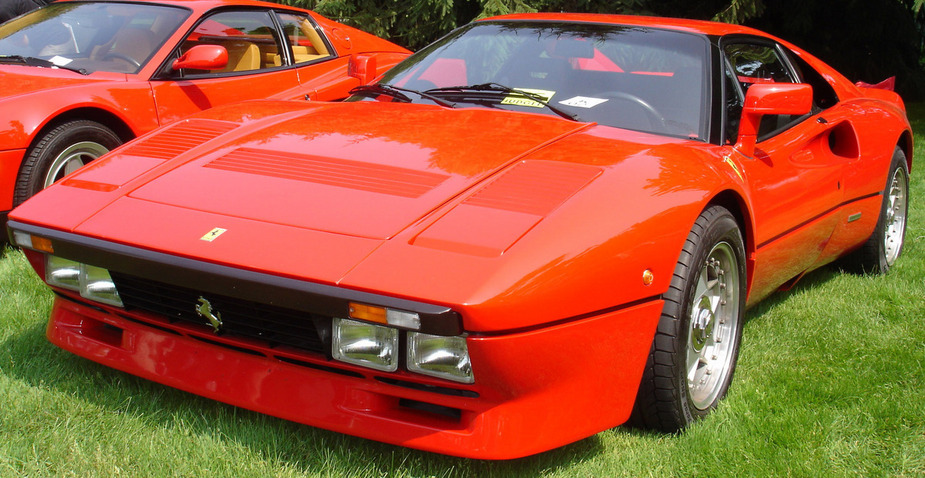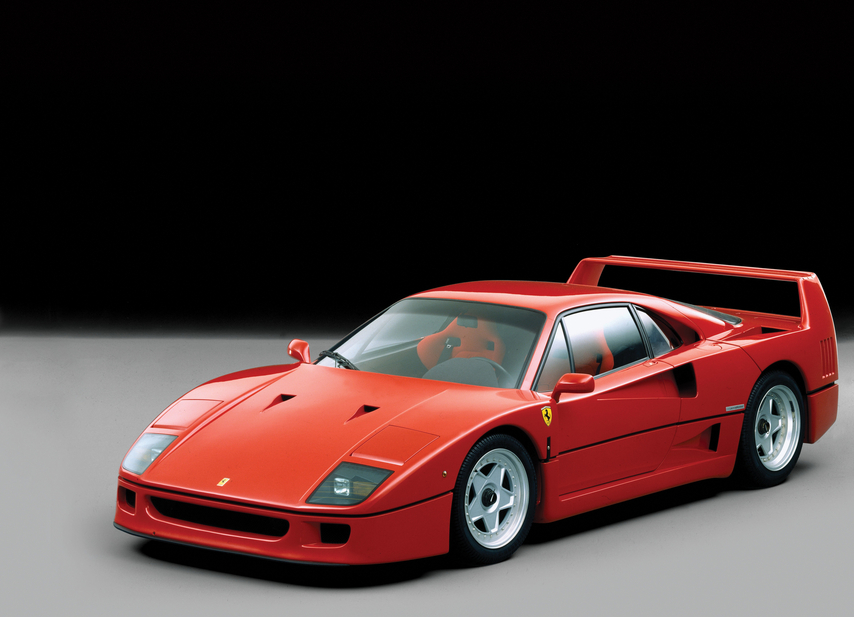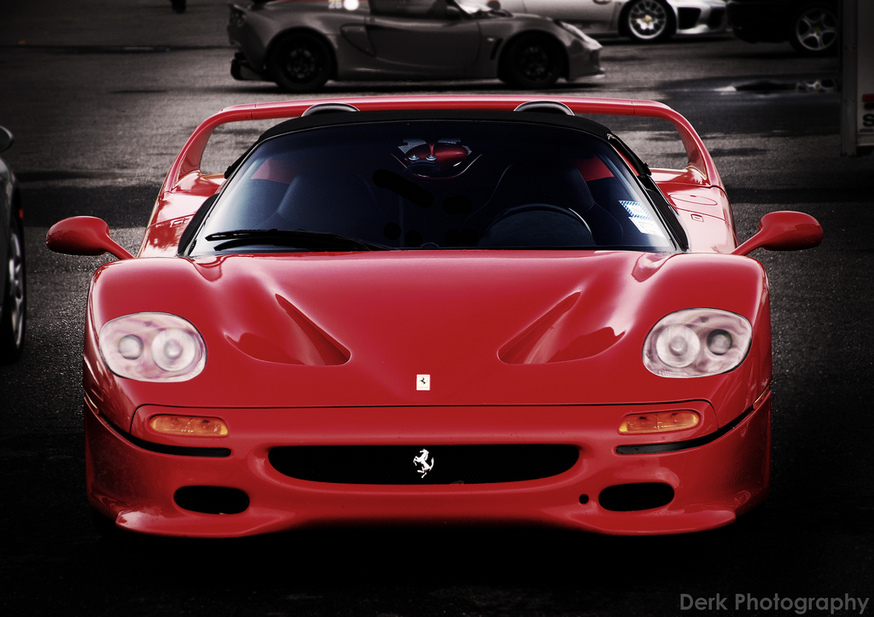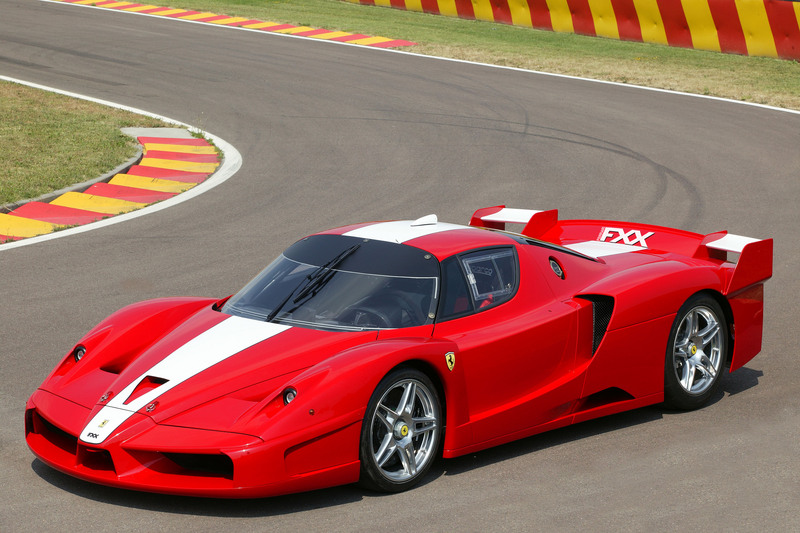|
Send this page to a friend! Fill in the form bellow | ||
news
Ferrari Celebrates Its Supercars in New Exhbition
Heralding the LaFerrari by showing its predecessors
Ferrari FerrariItaly, 1947 > present233 models
FerrariItaly, 1947 > present233 models
5131 photos
37 videos
is very proud of their new supercar - the LaFerrari Ferrari LaFerrariItaly, 2013 > present16 photos
Ferrari LaFerrariItaly, 2013 > present16 photos
1 video
. To celebrate it is opening a new exhibit at its museum in Maranello celebrating its history of supercars. The exhibition is called “Ferrari Supercar. Technology. Design. Myth”
“'Ferrari Supercar. Technology. Design. Myth' retraces the story of all of the limited edition special series models built by Ferrari," said Ferrari Chairman Luca di Montezemolo.
The exhibit looks at Ferrari's supercars starting at the 250 GTO Ferrari 250 GTOItaly, 1962 > 19646 photos
Ferrari 250 GTOItaly, 1962 > 19646 photos
, through the 288 GTO Ferrari GTOItaly, 1984 > 19864 photos
Ferrari GTOItaly, 1984 > 19864 photos
2 videos
and the F40 Ferrari F40Italy, 1987 > 199218 photos
Ferrari F40Italy, 1987 > 199218 photos
of the 80s. It ends with its modern supercars like the Enzo Ferrari Enzo FerrariItaly, 2002 > 20044 photos
Ferrari Enzo FerrariItaly, 2002 > 20044 photos
2 videos
and LaFerrari.
Included in the exhibition are several Ferrari supercars that were never actually sold. The 288 GTO Evoluzione, FXX Ferrari FXXItaly, 2005 > 20071 serie
Ferrari FXXItaly, 2005 > 20071 serie
2 versions
11 photos
and 599XX Ferrari 599XXItaly, 2009 > 20103 photos
Ferrari 599XXItaly, 2009 > 20103 photos
were all used to develop future Ferraris.
The exhibit also includes a history of the LaFerrari's development starting from the earliest sketches all the way to two full-scale models.
The exhibit is open now and runs until September 30.
You can learn more about the cars on display in our slideshow below.
Ferrari 250 GTO
Built from 1962 to 1964, the 250 GTO is one of the most valuable cars today. Last year a car ordered by Stirling Moss was sold for $35 million. The cars were based on a heavily modified Ferrari 250 GT to go racing and just 36 were built, even though the FIA rules were for 100 to be built to homologate them for racing.
Ferrari 288 GTO
Where the 250 GTO was meant to conquer the racetrack, the 288 GTO was meant to conquer the back woods, at least in theory. It was built to race in the Group B rally series, but the series was cancelled before it could go racing. Ferrari built 272 of them, and its twin-turbo V8 led to the F40. The platform was based on the Ferrari 308.
Ferrari 288 GTO Evoluzione
Ferrari built five 288 GTO Evoluzione models and were the cars that directly led to the development of the F40. All five are still owned by Ferrari.
Ferrari F40
If the 250 GTO is the iconic sportscar of the 60s, the F40 is the icon of the 80s. It was first revealed in 1987 as a no-frills supercar with partially carbon fiber body and a twin-turbo V8 derived from the 288 GTO with 478hp, 80hp more than the 288. Ferrari built 1,375 of them in five years.
Ferrari F40 LM
The F40 also went racing, although briefly. The cars were built by Michelotto, which built Ferrari's GT racecars at the time. Power was nearly doubled to 720hp and up to 900hp for a one-lap qualifying blast. They raced in the IMSA series in the US in 1989 and in other national championships into the mid-90s. It even raced at Le Mans in 1995 managing sixth in class.
Ferrari F50
A decade after the F40 came the F50. It dropped the turbos in favor of an F1-inspired V12 and completely carbon fiber body. The engine was a stressed member of the chassis with parts bolted to it. Ferrari built 349 of them.
Ferrari Enzo
The Enzo wanted to celebrate the life of Enzo Ferrari and Ferrari complete dominance of F1 at the time. It was the first Ferrari with manettino selector on the steering wheel to select the suspension mode. It was meant to be as close as a driver could get to a Formula 1 car for the road.
Ferrari FXX
The Ferrari FXX was the first Ferrari to try its Client-Test Driver program that the 599XX would later copy. People would lease the cars to drive on track but never actually own them. The cars allowed Ferrari to entertain drivers and finance development of new technologies.
Ferrari 599XX EVO
The 599XX is among Ferrari's supercars that will never see the road. Leasers pay to drive the car on track but never actually own it. Ferrari used these cars as a way to develop future cars.
Ferrari LaFerrari
The latest Ferrari supercar blends Formula 1 and GT with technology neither allows. It uses a hybrid V12 with over 900hp and active aerodynamics to improve handling. The carbon fiber monocoque is made in the Formula 1 workshop.
Encyclopedia |
Contribute
more about Ferrari



latest news






























